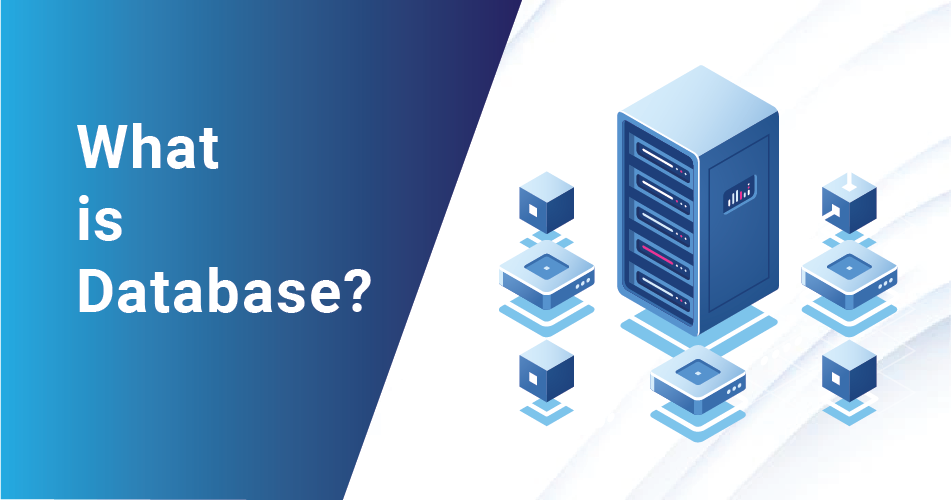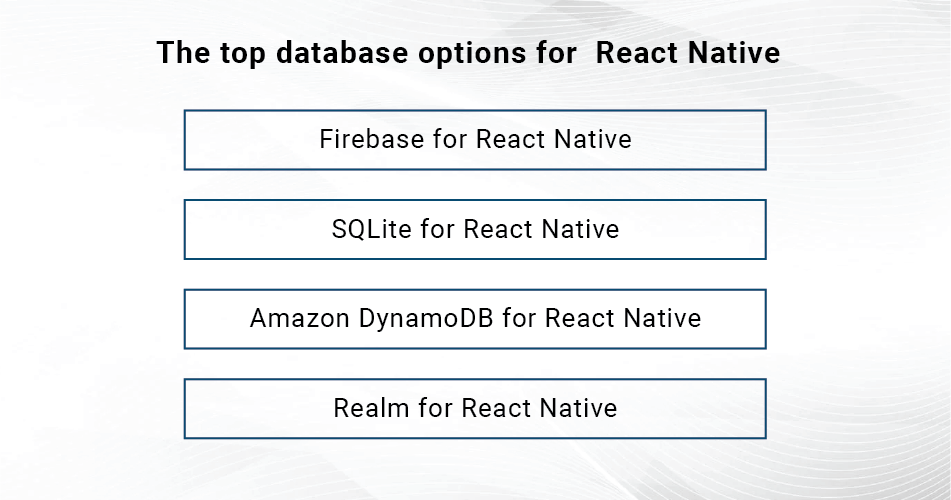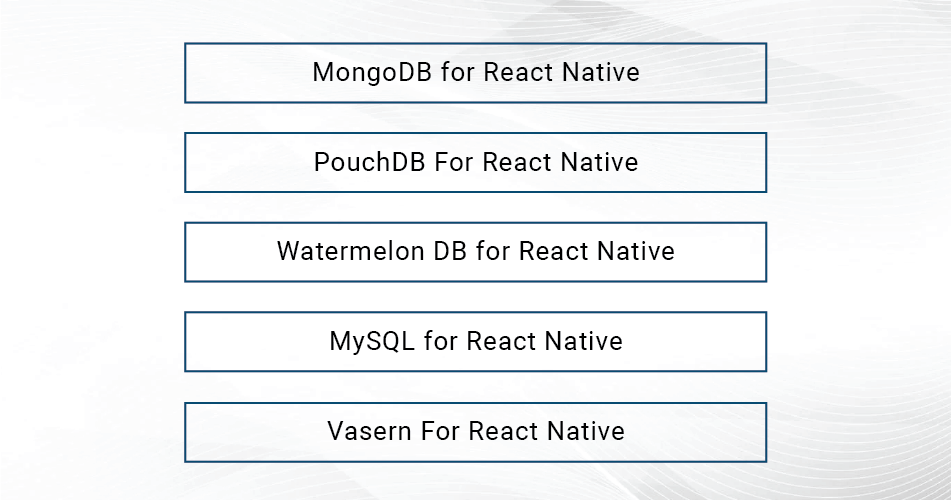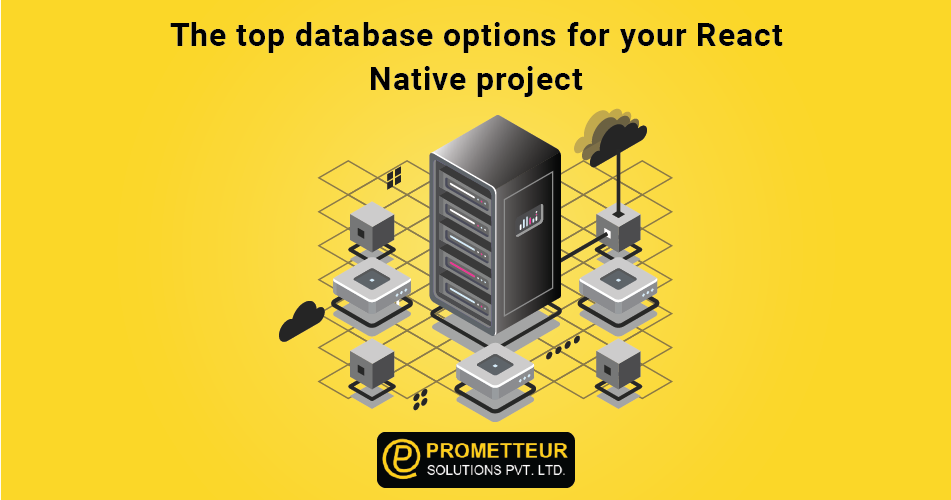The Best Database for Your React Native App: Which One Should You Choose?
This article is meant to be an introductory piece for developers who are looking for advice on how to best store their data in a React Native project. It is written to help you make the right choice by examining various databases and their pros and cons.
Choosing the right database for your React Native app is a difficult and confusing process. There are so many options out there and if you don’t know what you’re doing, you might end up having to switch databases halfway through development.
Discover THE REACT NATIVE ECOSYSTEM
Producing quality React Native apps on time and on a budget is hard enough on its own, without having to worry about whether or not your database will work for you. Save time by making the best decision upfront, and invest in a database that will provide real value to your team. With the right choice, you can save time and money by building it with simplicity in mind.
What is a Database?
A database is a structured set of data, frequently linked together. Database providers provide it as a set of data structures to easily store and retrieve that data. There are some important things to consider before creating databases for your React Native Mobile app, they include but are not limited to,

- Whether your React Native application does offline or online reads
- Whether your React Native application reads synchronously or asynchronously
- Whether you’re managing more than 100,000 users
- Whether your React Native application is hosted
Check Out REACT NATIVE VS FLUTTER
Why Should I Use A Database?
The React Native world is constantly evolving and it is important for developers to be always up to date on the latest technologies. Mobile application architecture is getting smarter and faster. As mobile apps and their backend frameworks get smarter, you’ll be able to avoid race conditions and async code complexity. That would allow you to skip complicated queues. Even React Native will be able to resolve deadlocks and slowdowns to deliver consistent performance in the end. Relational databases have been the preferred database option for most mobile app developers for several years now. The React Native community is also adopting some concepts from relational databases. In fact, popular technology trends have placed relational database technology and React Native together.
The Top Database Options for React Native
Firebase for React Native
Firebase is a mobile platform for building software for iOS, Android, and the web. It uses JavaScript instead of HTML or Java. And it focuses on ease-of-use and ease-of-deployment. It has features like offline-first, push notifications, and server-side rendering, which enables you to build React Native apps easily.
Developers are able to test and debug their apps locally on devices or in the cloud. And they can add capabilities like game physics, multiplayer interactions, and more. Webpack is a development tool and a module bundler. It reduces the complexity of building and deploying apps by bundling components. It also supports declarative configuration. It’s completely free, easy-to-use, and has a community.
Benefits of Firebase
HOW REACT NATIVE CAN TRANSFORM YOUR NEXT STARTUP
Firebase as a toolset has capabilities and utilities for storing data and analytics for your mobile applications. Firebase allows you to use familiar tools such as CouchDB, SQL, MongoDB, and many others. This helps developers and teams to gain quick insights and also easily visualize the data.
For example, Firebase makes it easy for you to store local user data with Node.js. There are plenty of Node.js tools which allow you to make a simple connection and store data for faster performance and quick access. Firebase also supports multiple databases such as CouchDB, MongoDB, and Firebase Storage.
KNOW WHY DEVELOPERS SHOULD USE REACT NATIVE
Many big companies such as Airbnb, Kik, Live. I and others use Firebase as an important part of their development. If you are developing a mobile app and want to include in-app analytics, firebase is an excellent choice.

SQLite for React Native
SQLite (Scalable Document Database) is an open-source, safe and open source NoSQL (Not Only SQL) database engine which can easily be used for high-performance mobile and web apps. It provides SQL support and can be used to develop high-performance apps using NoSQL data structures such as Schemas and Semantics. It is a low-latency and high-performance tool and is also well supported by React Native.
Benefits of SQLite for React Native
SQLite databases are among the most popular choices for React Native databases. SQLite is a very popular open-source distributed, parallel, and durable database management system that is very lightweight. If you have experience with JavaScript and OOP programming, you can choose SQLite as your database for React Native.
On top of the great features of SQLite, it’s easy to understand the React Native library and provide database code for React Native.
REACT JS VS REACT NATIVE– WHAT’S THE DIFFERENCE
- It makes it easy to use JavaScript code to perform specific actions for the database.
- It’s made to work well with the DOM components and functions.
- It is easy to get started.
- It is very Reliable.
Amazon DynamoDB for React Native
The main reasons you may choose to use Amazon DynamoDB for your React Native app are:
You can leverage the multiple services which are built on top of DynamoDB, which could be anything like pricing, security, availability, scalability, features, data models, and so on. This will simplify the development process and could allow you to focus on your application. You’ll also have the data layer of your app which is very simple, and quite similar to that of web applications.
Benefits of Amazon DynamoDB
You don’t want to miss out on all the benefits and features of this particular tool.
Like React Native, DynamoDB is a popular technology with a wide array of features. That’s why you need to compare various tools and choose the right one. If you are looking for an easy to deploy tool, then it’s obvious you’ll end up choosing DynamoDB for React Native.
Realm for React Native
React Native is a popular choice for building native applications on mobile platforms (iPhone, Android, and Windows). In the React Native world, Realm for React Native is considered the best choice for database and MVVM. Realm for React Native is a perfect solution for offline and real-time database connectivity on the React Native apps.
Realm for React Native is available in free and premium versions. The free version has all of the basic features, but the real-time connectivity is limited. In the free version, you can connect to one database at a time. You can store 500 MB of data for free. You can get more storage by upgrading to the Pro version. For a more flexible solution, you can upgrade to the Enterprise version.
Benefits of Realm for React Native
As we mentioned earlier, development and deployment times with Realm are fast. In addition, Realm is an open-source project. You can install the Realm-RealmR2 client from NPM and run it from your project or system folder.
It is easy to configure and learn the code on your own. There is no server-side code to configure and build. Even if you do not have extensive experience with databases, you can get your hands on the tool to get started with it.
DIFFERENCE BETWEEN FLUTTER AND REACT NATIVE?

MongoDB for React Native
People who have been transitioning from MySQL to MongoDB are often surprised by how easy the transition is. if you have asked yourself, “Why should I migrate from MySQL to MongoDB?”
People who have been transitioning from MySQL to MongoDB are often surprised by how easy the transition is. if you have asked yourself, “Why should I migrate from MySQL to MongoDB?”
MongoDB is your go-to database for React Native apps. MongoDB is also a top choice for React Native developers. It’s no surprise why because it has many of the attributes you need to build an efficient React Native application.
MongoDB allows you to build multiple backends that can handle two to eight database backends, depending on the model of your application. You can choose different database backends, and you can connect them to your React Native app from several different developer tools. To make your transition from MySQL to MongoDB, you should have a few requirements in place.
Benefits of MongoDB for React Native
MongoDB has emerged as a popular alternative to the popular MySQL database. MongoDB offers the best hybrid database for React Native as it provides most of the benefits of SQL databases. You can, therefore, build a React Native app that supports offline-first and performance mobile apps for enterprises.
It also offers Solid JavaScript support because it allows you to build native apps using JavaScript, JSON, and HTML. This makes it easy for developers to write responsive apps. The data structures in your database can be any JavaScript object, which means you can dynamically alter the data structures without rewriting your code.
Furthermore, MongoDB supports documents, which let you store full-text search fields, as well as rich attribute options. Lastly, it has no barriers to adoption Because MongoDB works on any OS, including Windows and Mac, no special developer environment is required. With MongoDB, developers have the freedom to pick up the right database for their app. MongoDB is also open source and well-tested.
PouchDB For React Native
PouchDB is an open-source real-time, document-oriented, non-relational database. It’s recommended by Apple as a fully supported, third-party JavaScript native iOS back-end for React Native apps. PouchDB is the back-end choice for our framework, ServerJS.
PouchDB is excellent for React Native because of its high level of stability. PouchDB is designed to be a stable, real-time database. It supports transactions, disk-backed commits, and globally unique identifiers, and it’s safe for mobile devices and apps.
Benefits of PouchDB for React Native
The main reason why you should use PouchDB for your React Native app is the performance. PouchDB has been optimized for speed and performance in your React Native app. PouchDB for React Native also provides awesome tools to quickly install your app and fetch data.
PouchDB, being a NoSQL database, is an awesome choice for mobile applications. PouchDB’s offline support and fast replication are its unique selling points. For accessing the data, developers will never have to worry about losing the data. This is the main reason why PouchDB is well suited for React Native applications.
Watermelon DB for React Native
WatermelonDB is the first database designed specifically for React Native apps. It has been designed to scale, be lightweight, be scalable, be simple to integrate and work with the most popular platform technologies. It is a robust real-time database built for React Native and cross-platform developers.
Benefits of WatermelonDB for React Native
- WatermelonDB supports rolling upgrades, and it’s well known for providing near-zero downtime upgrades.
- High performance is due to its In-memory which is very relevant for improved performance.
- WatermelonDB also has a centralised architecture, configuration, and access. Each asset of your app is added as a key to a virtual table, and each connection has its own storage node in the database. In terms of performance, it is one of the fastest databases.
- WatermelonDB Extensibility is another advantage. There are already more than 1,500 third-party plug-ins and themes that extend the features of the database, which opens lots of
TOP LIMITATIONS OF REACT NATIVE THAT YOU SHOULD KNOW
MySQL for React Native
The database that seems to have the largest adoption is MySQL. After knowing this, you might be interested to know if MySQL is the right database for your React Native app. So, you may ask the following questions.
- How MySQL Can Improve Your React Native App
- Let’s understand the advantages of MySQL.
- No Need to Do Coding to Use MySQL
By using MySQL, you can implement a plethora of features in your React Native application. To access the database, you need to only run the database server component.
HOW TO IMPROVE REACT NATIVE PERFORMANCE
Benefits of MySQL for React Native
- It is the ideal choice for React Native as it has a mature framework and high-performance database engine.
- It’s the best choice if you need to maintain scalability and high-performance.
- It’s the best choice if you need to build fast, real-time apps.
- The reliability of MySQL, an active community around it, as well as its application development tools, together provide the best experience for developers. If you are a React Native developer, MySQL database is the database engine that you need to choose.
WHY REACT NATIVE APP DEVELOPMENT SHOULD BE YOUR FIRST CHOICE?
Vasern For React Native
Vasern is a native C++ database to handle huge parallel tasks such as React Native development, test automation, data migration, and exporting/importing of data with React Native library. Vasern can provide an efficient solution with robust database capabilities, native UI component-oriented design, an extensive test suite, and an advanced data validation engine.
Discover REACT NATIVE VS IONIC
Moreover, it offers an event-based data synchronization mechanism, integrated with other React Native components. Vasern also supports large-scale mobile app development projects with customer service templates.
Benefits of Vastern for React Native
Vastern is a great choice for developing React Native apps. It supports a fully managed, SQL-like database that comes as a single package, for which you pay only for what you use. Thus, Vastern provides the flexibility of choosing the best database on a per-database basis.
For example, you have the ability to replace or improve the database, without having to make any changes to the main system of Vastern.
Vastern can also be a powerful tool for determining the best data structure for each unique mobile application.
Vastern is especially useful when you need to load an updated data model, which can increase performance.
